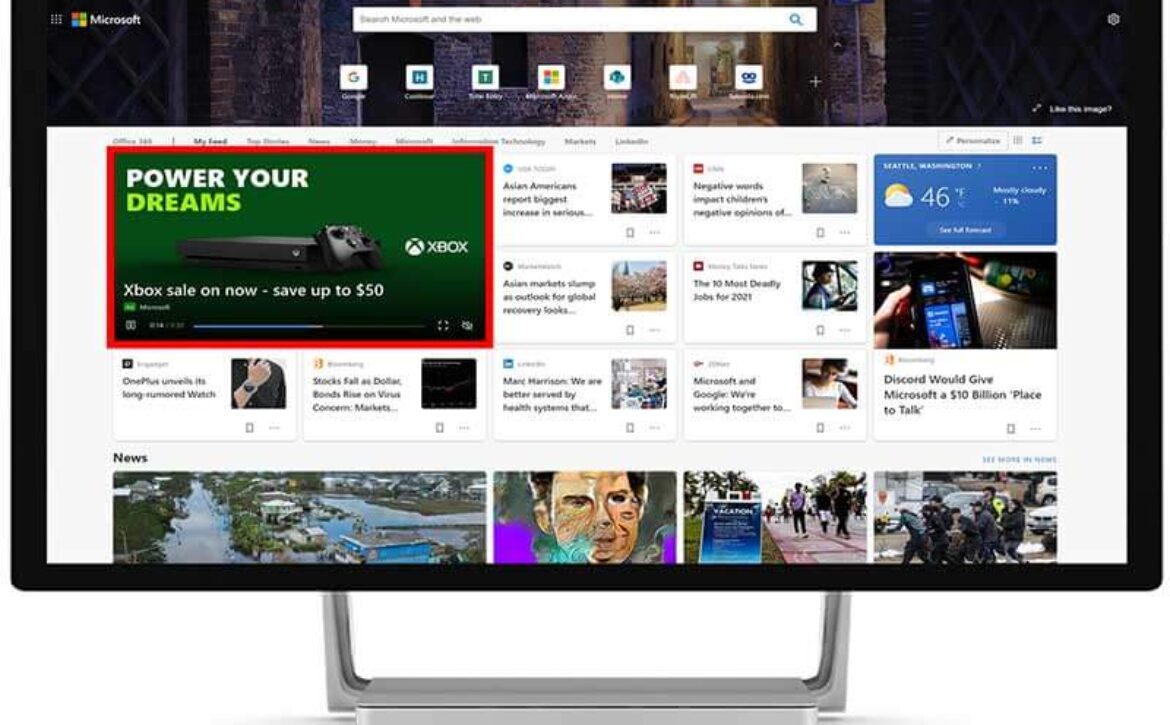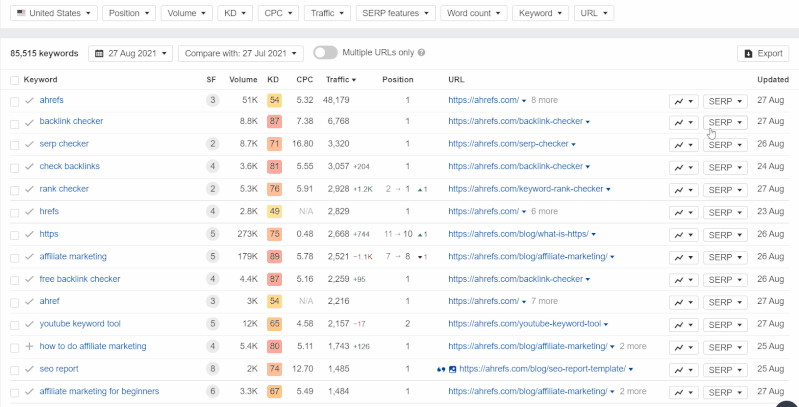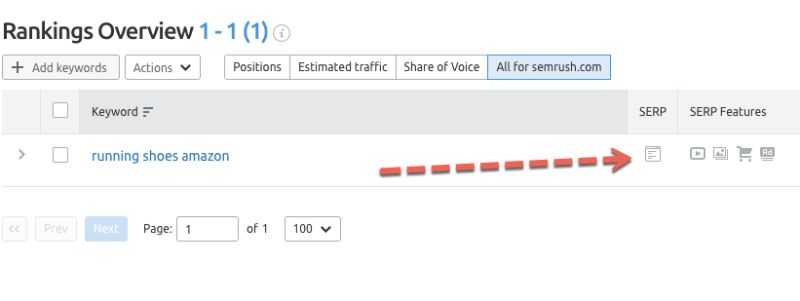E-commerce SEO guide: New documentation from Google
With COVID forcing many retailers online, there are more e-commerce options than ever. Google Search Central recently released new guidelines for developers to help improve search visibility for e-commerce sites. “When you share your e-commerce data and site structure with Google, Google can more easily find and parse your content, which allows your content to show up in Google Search and other Google surfaces. This can help shoppers find your site and products,” Google said in the guide.
The guide has seven pages covering the following topics:
| Where e-commerce content can appear on Google | Understand the different surfaces where your e-commerce content can appear. |
| Share your product data with Google | Decide which method to use when sharing your product data with Google. |
| Include structured data relevant to e-commerce | Help Google understand and appropriately present your content by providing explicit information about the meaning of your page with structured data. |
| How to launch a new e-commerce website | Learn how to strategically launch a new e-commerce website and understand timing considerations when registering your website with Google. |
| Designing a URL structure for e-commerce sites | Avoid issues related to crawling and URL design that are specific to e-commerce sites. |
| Help Google understand your e-commerce site structure | Design a site navigation structure and link between pages to help Google understand what is most important on your e-commerce site. |
| Pagination, incremental page loading, and their impact on Google Search | Learn common UX patterns for e-commerce sites and understand how UX patterns impact Google’s ability to crawl and index your content. |
Where content can appear. The guide says that e-commerce content can actually appear in more results than just traditional search. These include Google Search, Images, Lens, the Shopping tab, Google My Business, and Maps. “Product data is the most obvious type of e-commerce related content, but other types of information can also be useful to shoppers at different stages of their shopping journey,” according to the guide. Google recommends promoting content like product reviews, offers, customer service touchpoints and even livestreams.
Adding product data. Structured data can also help your e-commerce products show in Google search properties. The guide recommends the following ways to show Google what your products are:
- Include structured data in your site’s product pages.
- Tell Google directly which products you want to show on Google by uploading a feed to Google Merchant Center.
URL structure for e-commerce sites. “A good URL design structure helps Google crawl and index your site,” says the guide. A poor URL structure can cause confusion, though, resulting in missed content, content that’s retreived more than once, and crawlers thinking your site has infinity pages (and beyond!). The guide includes recommedations for a URL structure that helps search engines better understand your content and pages:
- Minimize the number of alternative URLs that return the same content to avoid Google making more requests to your site than needed.
- If upper and lower case text in a URL is treated the same by the web server, convert all text to the same case so it is easier for Google to determine that the URLs reference the same page.
- Make sure each page in paginated results has a unique URL.
- Add descriptive words in URL paths. The words in URLs may help Google better understand the page.
Make your e-commerce site navigation Google crawler-friendly. Both shoppers and search engines need to be able to easily understand what’s going on with your website and where to find what they’re looking for via navigation. What are navigation best practices for e-commerce? “For example, add links from menus to category pages, from category pages to sub-category pages, and finally from sub-category pages to all product pages.”
Why we care. With many businesses starting e-commerce websites for the first time over the past year or so, this guide can help ensure that they’re following the best practices to get their products seen in the varying search experiences Google provides. It also gives SEOs who focus on e-commerce documentation to show their clients and stakeholders to help get their recommendations implemented for better e-commerce SEO.
The post E-commerce SEO guide: New documentation from Google appeared first on Search Engine Land.












